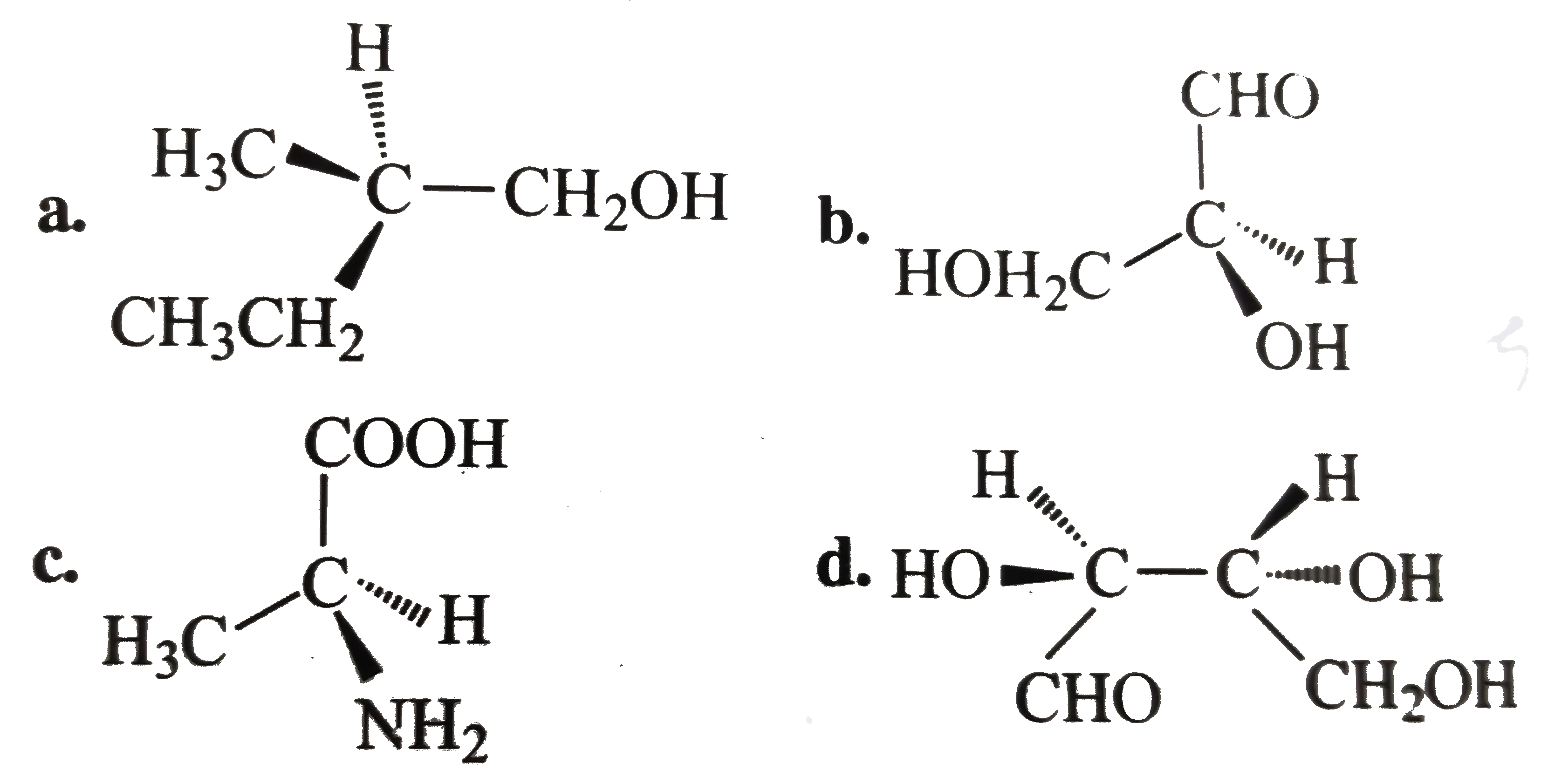Define carbohydrates. Draw the Haworth projection structures of the following.
α-D-(-) fructofuranose
Step-by-Step Solution
Step 1: Define Carbohydrates
Carbohydrates are organic compounds that consist of carbon (C), hydrogen (H), and oxygen (O) atoms, typically in a ratio of 1:2:1. They can be classified as polyhydroxy aldehydes or polyhydroxy ketones. Carbohydrates serve as a major energy source and are essential for various biological functions. Common examples include glucose, fructose, and ribose. They can also form larger molecules such as sucrose and maltose.
Step 2: Identify the Structure of α-D-(-) Fructofuranose
Fructofuranose is a five-membered ring structure derived from fructose. The term "furanose" indicates that the sugar forms a furan-like ring, which consists of four carbon atoms and one oxygen atom.
Step 3: Draw the Haworth Projection of α-D-(-) Fructofuranose
To draw the Haworth projection of α-D-(-) fructofuranose, follow these steps:
1. Start with the open-chain structure of fructose, which has a ketone group at the second carbon.
2. When cyclizing, the hydroxyl group on the second carbon (C2) reacts with the carbonyl group (C=O) to form a ring.
3. In the Haworth projection, the ring is depicted with the oxygen at the top right.
4. Place the substituents (hydroxyl groups and CH2OH) around the ring according to the D-configuration, which means that the hydroxyl group on the highest-numbered chiral carbon (C5) is on the right.
5. The α-anomer means that the hydroxyl group on C2 is below the plane of the ring.
The final structure will look like this:
OC1C2|C5C3C4|∣∣CH2OHOHOH
Carbohydrates are organic compounds that consist of carbon (C), hydrogen (H), and oxygen (O) atoms, typically in a ratio of 1:2:1. They can be classified as polyhydroxy aldehydes or polyhydroxy ketones. Carbohydrates serve as a major energy source and are essential for various biological functions. Common examples include glucose, fructose, and ribose. They can also form larger molecules such as sucrose and maltose.
Fructofuranose is a five-membered ring structure derived from fructose. The term "furanose" indicates that the sugar forms a furan-like ring, which consists of four carbon atoms and one oxygen atom.
To draw the Haworth projection of α-D-(-) fructofuranose, follow these steps:
1. Start with the open-chain structure of fructose, which has a ketone group at the second carbon.
2. When cyclizing, the hydroxyl group on the second carbon (C2) reacts with the carbonyl group (C=O) to form a ring.
3. In the Haworth projection, the ring is depicted with the oxygen at the top right.
4. Place the substituents (hydroxyl groups and CH2OH) around the ring according to the D-configuration, which means that the hydroxyl group on the highest-numbered chiral carbon (C5) is on the right.
5. The α-anomer means that the hydroxyl group on C2 is below the plane of the ring.
Similar Questions
Define carbohydrates. Draw the Haworth projection structures of the following.
maltose
View SolutionDraw the structures of the following :
View SolutionDraw the structures of the following :
XeF6
View SolutionDraw structure of following.
Cytosine
View SolutionDraw Fischer projection formulae for the following molecules:

View SolutionDraw the structures of the following:
(i) ClF3 (ii) XeF4
View SolutionDraw the structures of the following compounds :
View SolutionDraw the structures of the following compounds:
Hexanal
View SolutionDraw structure of following.
2-Deoxy-D-ribose
View SolutionDraw the structures of the following compounds:
Butanone
View Solution
